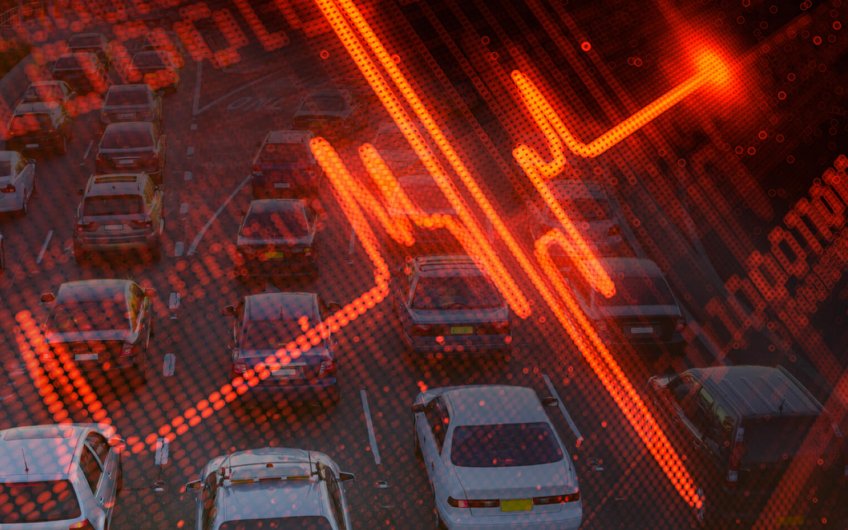
Semi-Automatic External Defibrillators (SAEDs) are officially approved medical devices which are programmed to check heart rate, identify life-threatening arrhythmias and administer, if necessary, a controlled electric shock to the thorax of the person in question. In this manner, it quickly restores the heart rate. However, it is vitally important that we act quickly in these circumstances, or the victim may not survive. The reaction time limit is 10 minutes from cardiac arrest.
Thanks to this, the M30 has received recognition as the first cardioprotected tunnel in the world. It currently has nine of these defibrillators in place:
In addition, the M30 has 80 operators 24 hours a day, 365 days a year, and works with the emergency services and local police. The response time is an average of 5 minutes, one of the best times of all roads in Spain.
Both the automatic external defibrillator (AED) and the semi-automatic external defibrillator (SAED) are capable of detecting arrhythmias and resuscitating the patient following a heart attack by means of an electric shock administered to the thorax that allows their normal pulse rate to resume. The only difference is that the former is automatic and the latter, semi-automatic.
This means that, although both devices automatically detect problems with the heart rate, the automatic defibrillator administers the shock automatically. Meanwhile, the SAED requires the authorisation of the patient or staff treating them, and the shock is only activated if the individual presses “descargar” (shock).
It is recommended for patients with heart problems, as well as for their family or close relatives who are familiar with the techniques of cardiovascular resuscitation. It is not necessary that they are familiar with the SAED since it is a device which is very easy to use, as we will see.
Anyone can use it, since it involves a very simple system and you just need to follow the voice instructions it gives. Therefore, no prior training is necessary in order to use it.
In general, the AED can therefore only be used by medical personnel whereas the SAED can be used by anyone. The fact that the SAED can be used by non-medics is the reason they can be found in public areas.
In any case, the SAED is safe nonetheless. It performs a preliminary analysis of the status of the victim and, if it does not detect fibrillation, it will not deliver a shock, even if the button has been pressed in error. Therefore, it is often said that the SAED can only save lives; it cannot cause harm to the patient.
Legally, in the community of Madrid, anyone can use a defibrillator, including untrained medical personnel. However, medical personnel or those who have training are still given priority when it comes to its use. In any case, if a cardiovascular incident occurs, whoever uses it should contact 112 and follow their instructions until the emergency services arrive.
In other autonomous communities and countries, this legislation may be different.
However, we consider it important that you read what you should do in the event that your companion suffers a heart attack, and at what point you should use the SAED on them.
Below, we outline in detail what you should do in the event of a heart attack:
In view of this, we again recommend those close to people with heart illnesses, that they are aware of the locations of SAEDs so they know where to go in case of a heart attack. These semiautomatic defibrillation devices can save their life, but remember that it is necessary to act before 10 minutes have passed since the cardiac arrest.
Remember also the importance of the patient’s body and clothes being completely dry before using the SAED on them, and that they are not in a wet area or puddle.
Also, remember that you should not touch the patient when connecting the device to them.
The SAED will only administer the shock if it is necessary. Therefore, there is no need to be worried that a shock will harm the patient.
As you can see, the SAED is a device which is easy to use and very effective when it comes to saving lives. This is why they are essential in what are called cardioprotected areas: they provide peace of mind for people with heart diseases and can help save many lives. Thanks to its commitment to safety and saving lives, the M30 is now the first cardioprotected tunnel in the world.